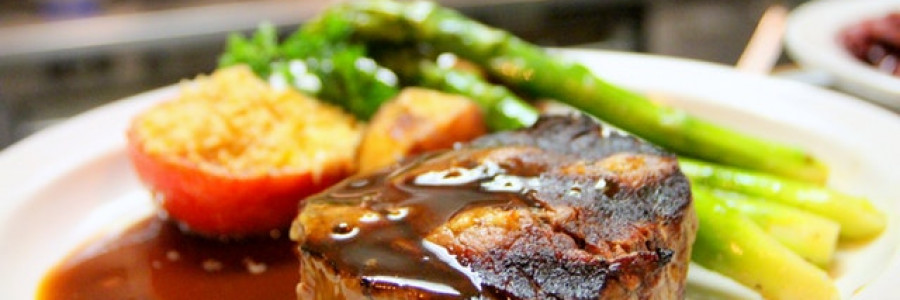History of the Michelin Guide
Understanding Michelin Stars
Michelin stars put a restaurant on the gourmet world map. It is a reward rivaled by none for chefs who spend 90% of their lives in the kitchen, playing with the best ingredients. Even just one Michelin star means trust, excellence, and good food. They don’t just guarantee you a tasty meal, but a proper culinary experience.
A restaurant awarded 1 star is recommended by the Michelin Guide for a great kitchen in its category. 2 stars are for restaurants with food so excellent, it’s worth a detour. The top rating is 3 Michelin stars which is given only to exceptional cuisines, which alone deserve a special trip. Restaurants with 3 Michelin stars are thus culinary destinations in and of themselves.

History of the Michelin Guide
Andre Michelin, a French industrialist, published the Michelin Guide in 1900. It helped drivers with car maintenance, but also with finding decent accommodation and good food while traveling through France. Thus, he also promoted his tire factory bearing the same name.
The guide had two parts: the Red Guide and the Green Guide. The red guide listed the best hotels in Europe, and the green guide was dedicated to hiking and tourism, as well as publications such as Guide Voyageur Pratique (for independent travelers), Guide Gourmand (with the best culinary locations), Guide Escapade (for short trips) and Guide Coup de Coeur (for quality hotels). In 1963 the first Michelin restaurant guide was published in France and the "star rating" system still used today was introduced.

How are Michelin stars given?
Enter the mysterious and unseen "inspectors". It is said that people don’t know them, have never met them, and never talked to them (they are kind of like spies during the cold war!). The visits of these inspectors are never announced, meals are paid for by Michelin, and they never take money from the restaurant they are reviewing. These visits are repeated periodically. So, what’s the criteria? According to Michelin, an inspector’s analysis should include product quality, the appearance of the dish on the plate, how well the flavors blend, how the menu changes during the year, and the price of dishes. If an inspector doesn’t get a clear enough impression on his first visit, he’ll make another one. The guide is usually published in November, and there may be other releases.

Michelin in Germany and across the globe
In Germany there are 11 restaurants with 3 Michelin stars, 39 with 2 stars, and 250 with 1 star. Most of them are in Baden-Wurttemberg; 2 restaurants with 3 Michelin stars, 7 restaurants with 2 stars, and 65 with 1 star.
The Top Countries for Michelin 3-Star Restaurants (Nov 2017)
Japan | 28 |
France | 27 |
USA | 14 |
Germany | 11 |
China | 10 |
Italy | 9 |
Spain | 9 |
UK | 5 |
Switzerland | 3 |
Belgium | 2 |
South Korea | 2 |
